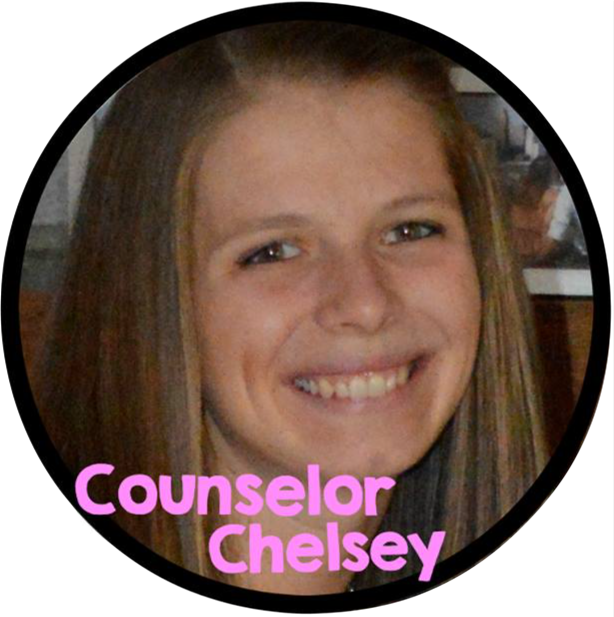What are your tips and tricks for behavior plans?
Data Driven Behavior Plans
 Behavior plans should be developed with a team who knows the students best (e.g., school staff, parents, and even the student!). The first step to an effective behavior plan is a thorough Functional Behavior Assessment (FBA). This determines the antecedents, target behavior definition and the consequences of the behavior. A great FBA will include information about the settings, frequency, times of day, intensity, duration, the hypothesis as to why the behavior occurs, and an assessment of the student’s preferences for reinforcement.
Behavior plans should be developed with a team who knows the students best (e.g., school staff, parents, and even the student!). The first step to an effective behavior plan is a thorough Functional Behavior Assessment (FBA). This determines the antecedents, target behavior definition and the consequences of the behavior. A great FBA will include information about the settings, frequency, times of day, intensity, duration, the hypothesis as to why the behavior occurs, and an assessment of the student’s preferences for reinforcement.
To develop a strong behavior intervention plan, make sure you complete a solid FBA that identifies the target behaviors and their function. Behavior always has a function and it is our job to determine what that function is. When writing behavior plans it is important that the plan is clear and easy to implement by all staff that work with the student. This is my go-to resource to help me develop behavior plans for my students: Behavior Intervention Toolkit.
The most important tip I can offer is to be consistent with your interventions and plan. Remember, sometimes a student’s behavior will get worse before it gets better. – The Sunny Sunshine Student Support Store
[su_divider top=”no” style=”double” divider_color=”#5d94cd” link_color=”#000000″]
Student Involvement
 When creating a behavior plan, it is important to remember that one size does not fit all. What worked for one student doesn’t always work for another. It’s simple to get in the habit of using the same type of plan for each student because it is easier. However, it is so important to make sure that the plan is specific to the child’s individual needs, personality, and goals. Personalize each plan as much as possible by involving the student. According to him/her, what do they think the problem is and what can they do to solve it? It can be amazing to hear what students come up with and it is a great step to making sure that the plan is specific to that particular child. – CounselorChelsey
When creating a behavior plan, it is important to remember that one size does not fit all. What worked for one student doesn’t always work for another. It’s simple to get in the habit of using the same type of plan for each student because it is easier. However, it is so important to make sure that the plan is specific to the child’s individual needs, personality, and goals. Personalize each plan as much as possible by involving the student. According to him/her, what do they think the problem is and what can they do to solve it? It can be amazing to hear what students come up with and it is a great step to making sure that the plan is specific to that particular child. – CounselorChelsey
[su_divider top=”no” style=”double” divider_color=”#5d94cd” link_color=”#000000″]
Consistent Implementation
 Behavior plans are a super effective tool for motivating students to improve their behavior. My favorite behavior plan tool is the behavior chart or points sheet. I honestly have never met a student that didn’t improve their behavior with a correctly and consistently implemented behavior plan. The key to an effective behavior chart and plan is consistent, positive reinforcement from the moment it starts. For more details on how to create and utilize behavior charts and behavior plans, check out my behavior resources, available in both English and Spanish!
Behavior plans are a super effective tool for motivating students to improve their behavior. My favorite behavior plan tool is the behavior chart or points sheet. I honestly have never met a student that didn’t improve their behavior with a correctly and consistently implemented behavior plan. The key to an effective behavior chart and plan is consistent, positive reinforcement from the moment it starts. For more details on how to create and utilize behavior charts and behavior plans, check out my behavior resources, available in both English and Spanish!
[su_divider top=”no” style=”double” divider_color=”#5d94cd” link_color=”#000000″]
Personal Connections
 There is a difference between a BIP (Behavior Intervention Plan) and a Behavioral Intervention. A BIP is a formalized plan on a student’s IEP that was created after doing a Functional Behavioral Assessment. It is a Tier 3 intervention. At my school, we have just a small handful of students with a BIP.
There is a difference between a BIP (Behavior Intervention Plan) and a Behavioral Intervention. A BIP is a formalized plan on a student’s IEP that was created after doing a Functional Behavioral Assessment. It is a Tier 3 intervention. At my school, we have just a small handful of students with a BIP.
Far more of our students use a Behavioral Intervention in the form of a Check-In/Check-Out Sheet. These sheets use a reward system and daily monitoring from an individual who has contact with the student every day, as well as a connection. It’s also important not to try to change more than 2-3 behaviors at a time.
Personal connections are key. Teachers generally check in and out with the students every day. I see them once a week to review their progress, connect with parents, and reward their progress. They are a simple, yet effective way to change undesirable behaviors.
– Carol Miller – The Middle School Counselor










